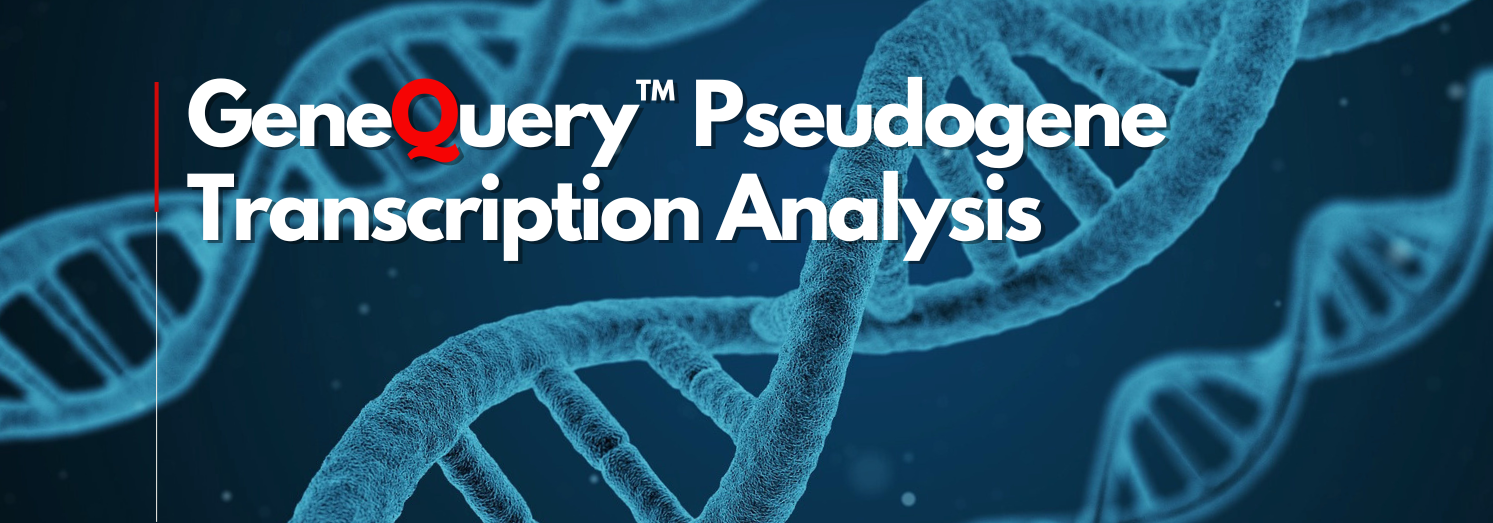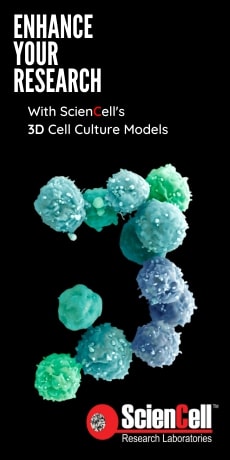

Pseudogene Transcription Analysis
Pseudogene transcription analysis has garnered substantial interest in current cell biology and pathology studies. Pseudogenes, first described in 1977, are segments of DNA bearing high sequence similarity to their corresponding functional genes, but have lost some or all of the functionality. In general, they can be classified into 3 categories based on their origins: i) processed or retro-transposed pseudogenes (example: human pseudogene PTENP1), which come from spontaneously reverse transcription of mRNA fragments; ii) non-processed or duplicated pseudogenes (example: human pseudogene ARHGAP27P1), which are results of gene duplication events with spontaneous mutations during evolution; and iii) unitary or disabled pseudogenes (example: human pseudogene GULOP), which were originally functional but became deactivated due to spontaneous mutations during evolution. Notably although the majority of pseudogenes either are not fully functional, or cannot be transcribed or expressed, a good number of pseudogenes have been shown to play critical roles in normal physiology and pathophysiology. A common role of pseudogenes is competing endogenous RNAs (ceRNAs), which can affect the expression level of the corresponding functional genes. In addition, the expression of some pseudogenes have been reported to be tissue-specific, giving rise to differences of biological processes among the tissues.
ScienCell's GeneQuery™ Pseudogene Transcription Analysis qPCR kits are designed to facilitate the transcript quantification of a target pseudogene and its corresponding functional gene or a highly related gene.

